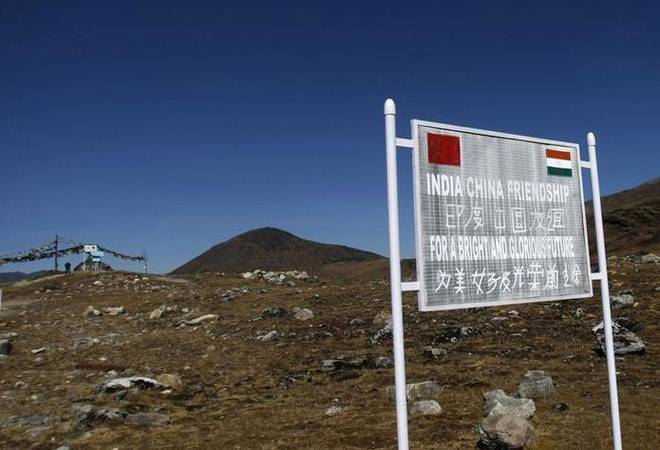
In retrospect, India should not have been caught by surprise by China's incursions on various borders or its steps to needle us at every possible opportunity. The Chinese geopolitical ambitions were never hidden. The fact that China wanted to be recognised as a super power was apparent even in the era of Chairman Mao. However, the middle kingdom was hardly in a position - economically or militarily - to play any such role. The initial focus of Deng Xiaoping when he got control was to fix the economy. The steps he took saw China grow and grow until it became an economic powerhouse. But even though his focus was on the economy, China was working parallelly to build its armed forces, developing weapons and modernising its forces way beyond what was required to just defend its borders.
When Xi took over, the Chinese economy had started slowing down and that was perhaps one of the triggers to turn the focus on geopolitical ambitions. Only the most naive would not recognise that China wishes to take up the position that USSR once occupied in the bipolar world. In the past few years, it has sought to do this through a combination of economic treaties, diplomatic initiatives and sabre-rattling by its armed forces.
It is also no secret that China sees India as a potential hurdle in the path to realising its ambitions. The Indian economy and its influence has also grown rapidly, and while we are still way behind China in both economic and military size, we have grown enough to be seen by a lot of countries as a natural counterweight to China in the Asian region.
China's recent initiatives - whether on OBOR or in its aggressive posture - and border disputes with almost all its neighbours need to be seen in this context. With its economy slowing down, Xi needs to demonstrate to his domestic audience that an economic slowdown does not necessarily stop its geopolitical march. The Doklam push is hardly isolated - in the past, China has pushed hard in its border disputes with Tajikistan, Kyrgyzstan, Vietnam, Laos, Cambodia, Taiwan and Japan. It has created an island base in the South China Sea, ostensibly as an R&R centre for its troops.
China has reserved its biggest push against India. It is building a road in Pakistan-occupied Kashmir, which it knows is a clear irritant to India. China has made frequent border incursions in the recent past - in Arunachal Pradesh, in Uttarakhand and now, via Doklam in Bhutan. These are the reported ones - there might be others that have not been reported. It has persistently blocked India's candidature for both the Nuclear Suppliers Group club as well as its bid for a permanent seat in the UN Security Council. Under Xi, it made far more noise on the Dalai Lama's visit to Arunachal Pradesh than any time in the past.
So far, India has pushed back gently but firmly. China is hoping that the US under Trump will overlook the Asian disputes, though that may be an erroneous hope. What India needs to understand is that China will keep pushing hard at every possible opportunity. What it is trying in India is the salami slice tactic that was once favoured by the erstwhile USSR - that is, push to take small slices of territory until you are in a position to swallow a much larger one, and see how far you can succeed before you are pushed back.
India needs to play its cards well and firmly. It needs to call on its alliances - from Japan to the US - to show China that it is no pushover. The first opportunity will arise during the joint US-India-Japan naval exercise that starts on July 10. It will need delicate handling, but if anyone is in a position to push China back, it is probably India.
@ProsaicView